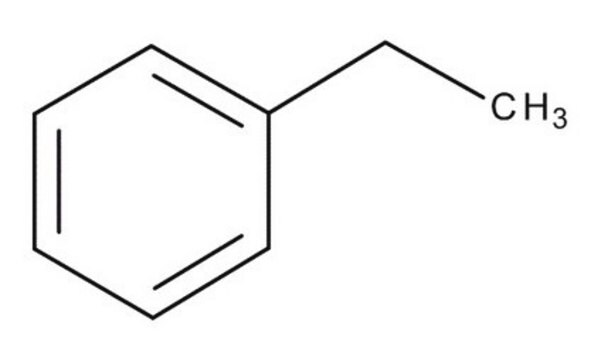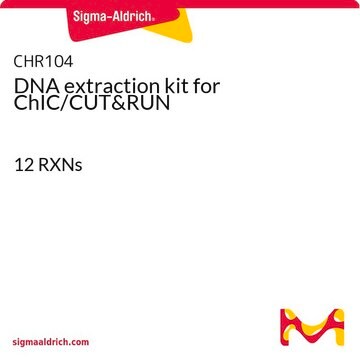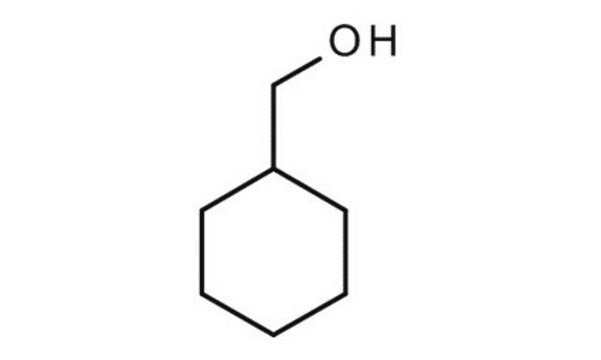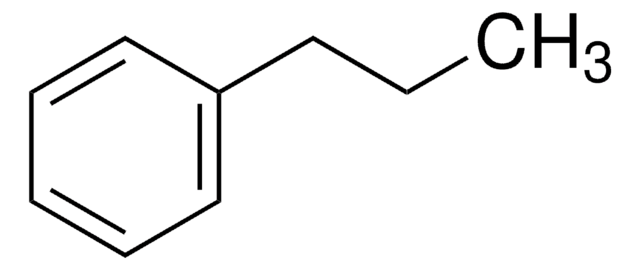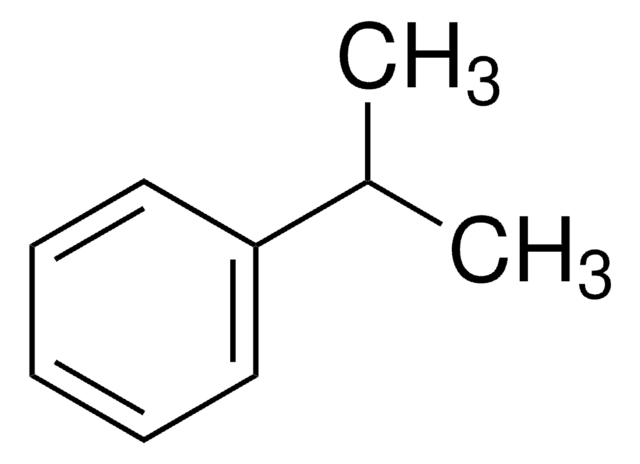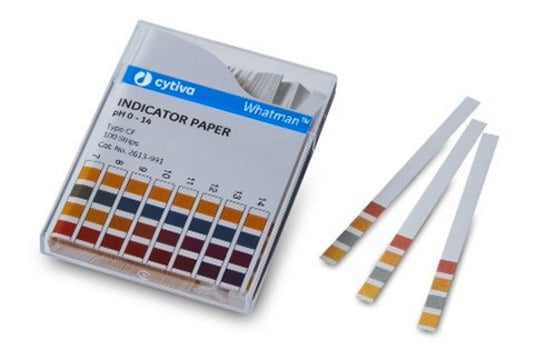E12508
Ethylbenzene
ReagentPlus®, 99%
Sinonimo/i:
NSC 406903, Phenylethane
About This Item
19 mmHg ( 37.7 °C)
Prodotti consigliati
Densità del vapore
3.7 (vs air)
Livello qualitativo
Tensione di vapore
10 mmHg ( 20 °C)
19 mmHg ( 37.7 °C)
Nome Commerciale
ReagentPlus®
Saggio
99%
Stato
liquid
Temp. autoaccensione
810 °F
Limite di esplosione
6.7 %
Indice di rifrazione
n20/D 1.495 (lit.)
P. ebollizione
136 °C (lit.)
Punto di fusione
−95 °C (lit.)
Densità
0.867 g/mL at 25 °C (lit.)
Stringa SMILE
CCc1ccccc1
InChI
1S/C8H10/c1-2-8-6-4-3-5-7-8/h3-7H,2H2,1H3
YNQLUTRBYVCPMQ-UHFFFAOYSA-N
Cerchi prodotti simili? Visita Guida al confronto tra prodotti
Descrizione generale
Applicazioni
Note legali
Non trovi il prodotto giusto?
Prova il nostro Motore di ricerca dei prodotti.
Avvertenze
Danger
Indicazioni di pericolo
Consigli di prudenza
Classi di pericolo
Acute Tox. 4 Inhalation - Aquatic Chronic 3 - Asp. Tox. 1 - Flam. Liq. 2 - STOT RE 2
Organi bersaglio
hearing organs
Codice della classe di stoccaggio
3 - Flammable liquids
Classe di pericolosità dell'acqua (WGK)
WGK 1
Punto d’infiammabilità (°F)
71.6 °F - closed cup
Punto d’infiammabilità (°C)
22.0 °C - closed cup
Scegli una delle versioni più recenti:
Possiedi già questo prodotto?
I documenti relativi ai prodotti acquistati recentemente sono disponibili nell’Archivio dei documenti.
I clienti hanno visto anche
Il team dei nostri ricercatori vanta grande esperienza in tutte le aree della ricerca quali Life Science, scienza dei materiali, sintesi chimica, cromatografia, discipline analitiche, ecc..
Contatta l'Assistenza Tecnica.
